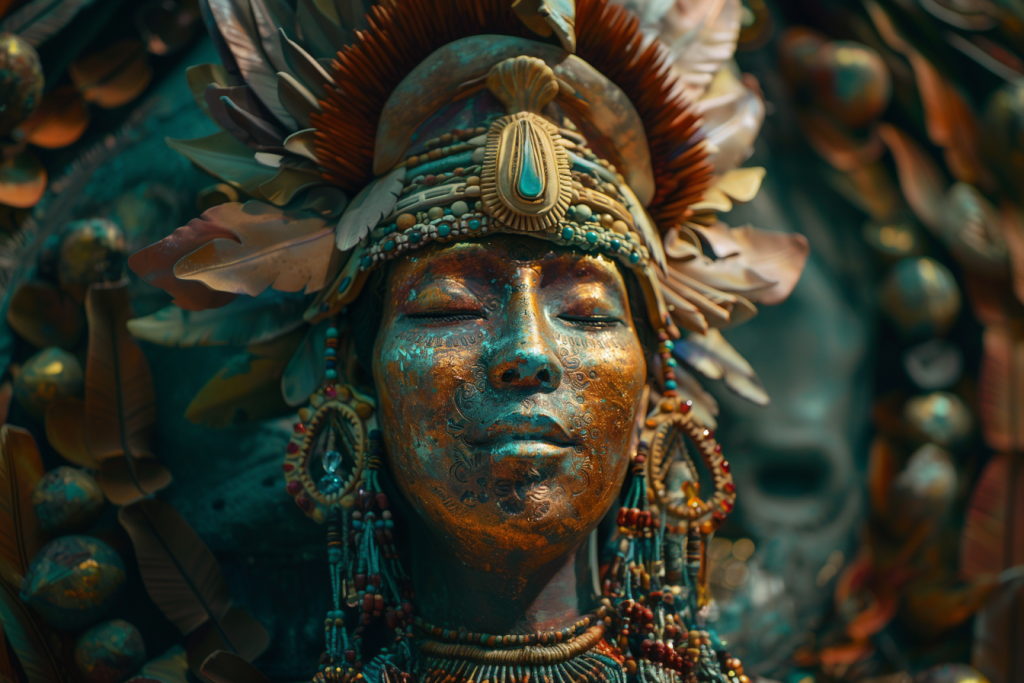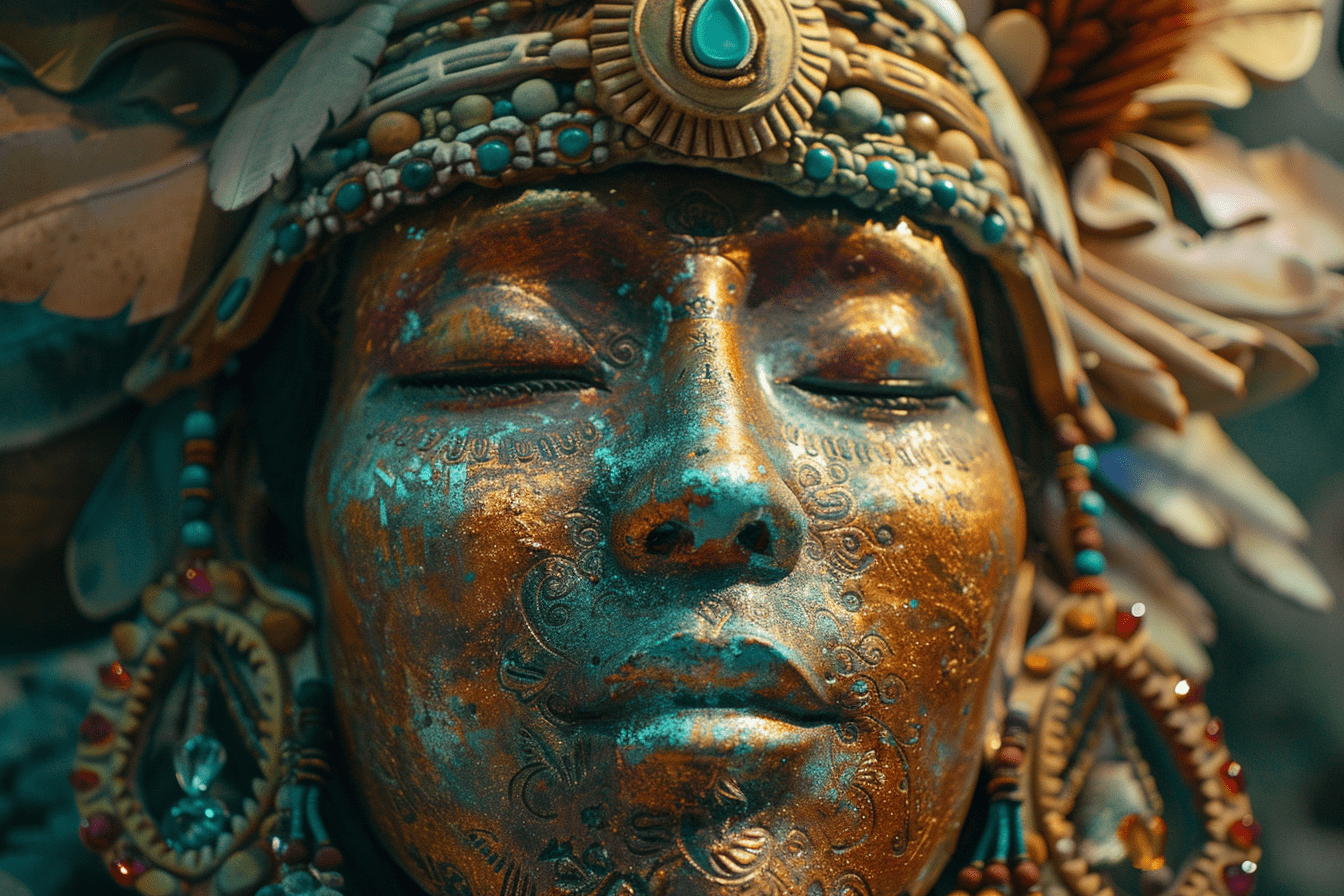Introduction to Pachamama
Pachamama, revered as the Earth Mother Goddess, holds a central place in the pantheon of Inca deities. Symbolizing fertility, agriculture, and the nurturing aspects of nature, Pachamama is a testament to the Inca civilization’s deep connection with the earth and its cycles. This goddess embodies the mountains, soil, and all elements that foster life, making her worship integral to the Inca’s agricultural practices and their understanding of the natural world.
Get your dose of History via Email
Origins and Significance
The worship of Pachamama predates the Inca Empire, with roots tracing back to the indigenous cultures of the Andean region. As the Inca Empire expanded, the veneration of Pachamama became widespread, integrating her into the Inca religious framework. She was not only a motherly figure providing sustenance but also a symbol of fertility and abundance, crucial for the survival of the Inca people in the harsh Andean environment.
Pachamama’s significance extended beyond the physical, embodying the concept of reciprocity (ayni) in Andean culture. This principle emphasized the importance of maintaining a harmonious relationship with nature, where offerings to Pachamama ensured the earth’s fertility and, in return, the prosperity of those who worshipped her.

Rituals and Offerings
The worship of Pachamama involved various rituals and offerings, known as “pagos” or “despachos,” aimed at honoring and appeasing the goddess. These ceremonies were particularly significant during key agricultural milestones, such as planting and harvest seasons, as well as during the month of August, which was dedicated to Pachamama.
Offerings to Pachamama included a wide array of items, such as coca leaves, chicha (corn beer), and food, which were either buried in the earth or burned. These offerings were expressions of gratitude and requests for blessings, seeking to ensure a bountiful harvest and protection from natural disasters.
Pachamama in Contemporary Andean Culture
The reverence for Pachamama has endured beyond the Inca Empire, remaining a vital aspect of Andean spirituality and identity. In contemporary Andean communities, rituals honoring Pachamama continue to be a significant part of cultural and religious practices, reflecting an enduring respect for the earth and its cycles.
Modern celebrations of Pachamama often incorporate both indigenous and Christian elements, demonstrating the syncretism that characterizes much of Andean religious practice today. These rituals not only serve as a means of cultural preservation but also as a way for Andean peoples to assert their identity and connection to their ancestral lands and traditions.

Conclusion
Pachamama, the Inca Earth Mother Goddess, represents the profound bond between the Andean peoples and the natural world. Her worship, deeply rooted in the principles of reciprocity and respect for the earth, highlights the Inca’s sophisticated understanding of agriculture and their environment. Today, Pachamama continues to be a symbol of fertility, nurturing, and protection, embodying the enduring spirit of the Andean people and their reverence for the earth.

